Your baby is now officially an embryo and is about the size of a poppy seed.
Please visit www.nhs.uk/conditions/pregnancy-and-baby/4-weeks-pregnant/ for more information.
Local Maternity and Neonatal System
View navigation
After the birth
This can mean giving a baby expressed breast milk or formula via a bottle. If you choose to bottle feed, or need to do so for medical reasons, you will be encouraged to practice responsive feeding, which helps to increase bonding between you and your baby. Responsive feeding means recognising and responding to your baby’s feeding cues rather waiting for your baby to cry. Each baby is different, but cues can include your baby being restless, wriggling, putting their hands or fingers near or int their mouth, or rooting.
You will also be encouraged to practice paced feeding, which allows your baby to control how much milk they are taking, and recognise when they are full. It’s thought that babies who pace feed are less likely to become overweight. Paced feeding involves letting your baby find the teat, using a slow flow teat, tilting the bottle enough so that the teat is just full, and taking regular breaks during the feed. This gives your baby time to recognise that they are full and prevents them from taking too much milk.
If your baby is struggling to feed from a bottle, they may have a tongue tie – ask your midwife about this, they can refer you to a tongue tie clinic for assessment and treatment. Not all tongue ties need to be treated, but if they are affecting feeding they can be snipped as an outpatient without the need for anaesthetic or stitches.
For more information on bottle feeding, please read Start 4 Life’s bottle feeding guide . There is also a video on responsive bottle feeding from Mid Yorkshire NHS Trust here .
There are lots of reasons for expressing or pumping breastmilk. The most common reason is having a baby in the neonatal unit or special care baby unit who’s not yet able to cope with breast or bottle feeding, but other women choose to express to enable others to feed the baby, to top up babies who seem unsettled after feeds, or to be able to give colostrum to a sleepy baby.
The maternity team can show you how to hand express your milk. Alternatively Start 4 Life has some detailed information.
If you want to breastfeed but your baby is in the neonatal unit and not yet able to latch, you’ll be given advice on using a breast pump. You can use a manual pump, which you squeeze by hand to express milk, or an electric pump – these can be either single pumps, or double pumps (so you can express from both breasts at the same time).
Some women respond well to pumping and expressing, but others may struggle. A pump is not as efficient at getting milk from your breasts as a baby, and this can lead to worries that your baby won’t be able to get enough milk from you when breastfeeding. It’s important to remember that the amount you can pump is not always a reflection of how much milk you can produce when breastfeeding.
If you are pumping exclusively, you should try to mimic the way your baby feeds as much as possible. You’ll be encouraged to pump 8-12 times a day for around 20 minutes to build up your supply, as this mimics a baby’s breastfeeding pattern. It’s a good idea to pump every time your baby feeds, and aim to get at least as much milk as they are taking during that feed.
Mimicking the way babies feed can also help you increase your supply. Starting out with quick but gentle pumps mimics the way babies encourage milk flow at the breast. Once your milk has started flowing, you can switch to stronger and slower pumping, just as your baby would take long slow sucks at the breast. If the milk stops flowing during the pumping session, start this process again.
Some babies may need some help with feeding, particularly those who are premature or have other health issues. There are lots of other methods that can be used to feed babies besides breastfeeding and bottle feeding. For the majority of babies, these are temporary measures, and the team will ensure that your baby is able to breastfeed or bottle feed before they are discharged. Babies may be fed in a combination of these ways (e.g. alternating tube feeds with breast or bottle feeds).
Although expressed milk can be given via bottle, not all babies will be strong enough to bottle feed, and in some cases the use of a teat can make it more difficult for babies to breastfeed. If you are planning to breastfeed, you should discuss this with the team caring for your baby so that they can find the best alternative.
The best methods for feeding your baby will be discussed with you. A feeding plan will be completed and reviewed regularly. You’ll be given support to get your baby breastfeeding as soon as possible, and shown how to feed your baby using alternative methods if that is required.
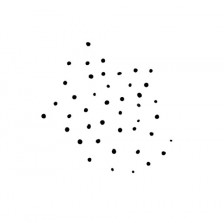
Your baby is now officially an embryo and is about the size of a poppy seed.
Please visit www.nhs.uk/conditions/pregnancy-and-baby/4-weeks-pregnant/ for more information.
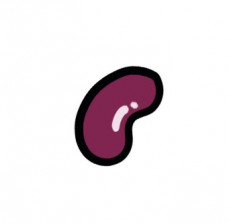
Your baby is now the size of a kidney bean and weighs 1g.
Please visit www.nhs.uk/conditions/pregnancy-and-baby/8-weeks-pregnant/ for more information.
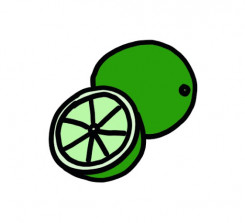
Welcome to the second trimester!
Your baby is about the size of a small lime and weighs approximately 14g.
You have hopefully seen your midwife for your 'booking in' appointment, if you have not yet seen a midwife please make an appointment quickly, so you can have all of your choices about screening tests explained and offered to you.
Please visit www.nhs.uk/conditions/pregnancy-and-baby/12-weeks-pregnant/ for more information. You can also link to the 'Pregnancy Journey' area here.
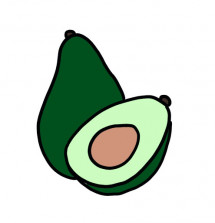
Your baby is about the size of an avocado and weighs approximately 100g.
Please visit www.nhs.uk/conditions/pregnancy-and-baby/16-weeks-pregnant/ for more information.

Your baby has grown in length and is now the length of a small banana and weighs approximately 300g. Around this time you will be offered your '20 week' scan, also known as the 'anatomy' or 'anomaly' scan.Click here for more information about screening.
This is a also a good time to talk and sing to your bump as your baby can now hear sounds. This is great way for you and your partner/family to bond with your baby.
Please visit www.nhs.uk/conditions/pregnancy-and-baby/20-weeks-pregnant/ for more information.
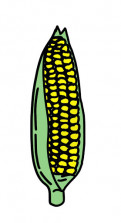
Your baby has grown again to the approximate length of an ear of sweetcorn and weighs about 600g.
Please visit www.nhs.uk/conditions/pregnancy-and-baby/24-weeks-pregnant/ for more information.
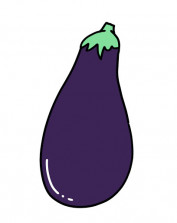
Welcome to the third trimester!
Your baby is now approximately the weight of an aubergine; about 1kg and approximately 37cm in length.
Please visit www.nhs.uk/conditions/pregnancy-and-baby/28-weeks-pregnant/ for more information.
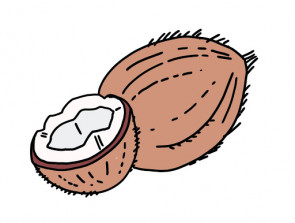
Your baby now weighs approximately the same as a coconut; around 1.5kg.
Please visit www.nhs.uk/conditions/pregnancy-and-baby/32-weeks-pregnant/ for more information.
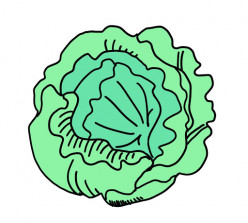
Your baby is now around the same size as a lettuce, approximately 47cm long and weighs around 2.6kg.
Please visit www.nhs.uk/conditions/pregnancy-and-baby/36-weeks-pregnant/ for more information.
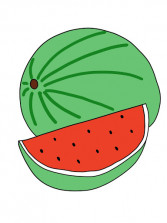
Your baby is now the weight of a small watermelon which is approximately 3.3kg and around 50cm in length.
Please visit www.nhs.uk/conditions/pregnancy-and-baby/40-weeks-pregnant/ for more information.